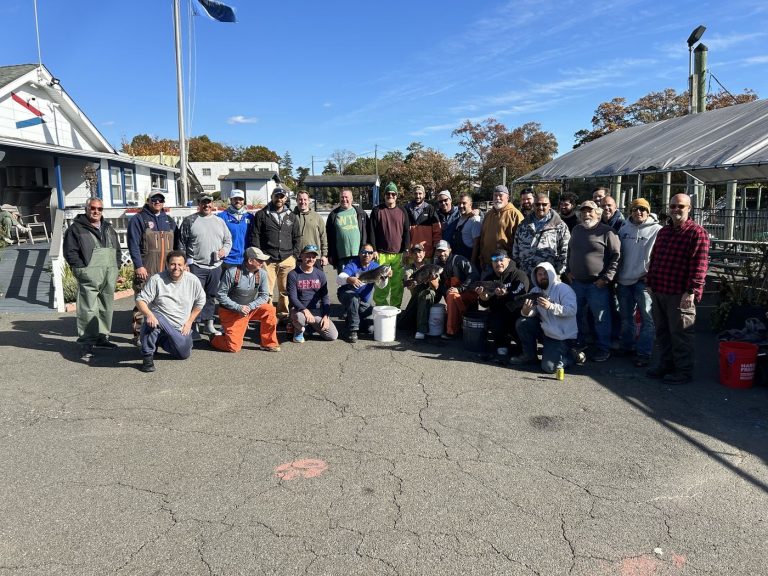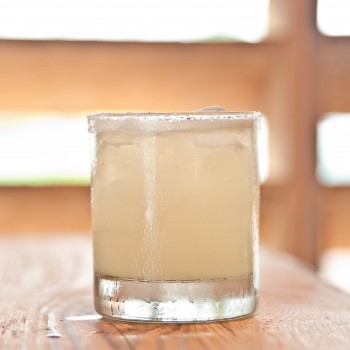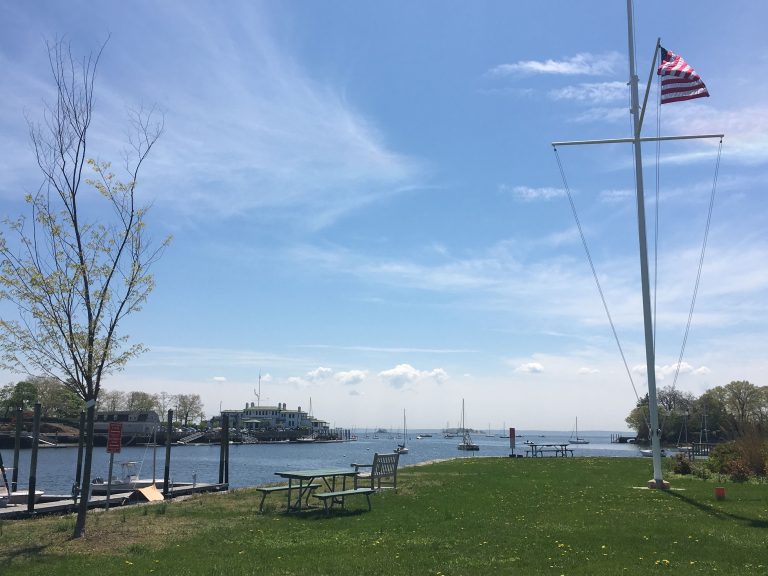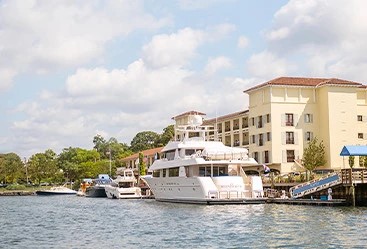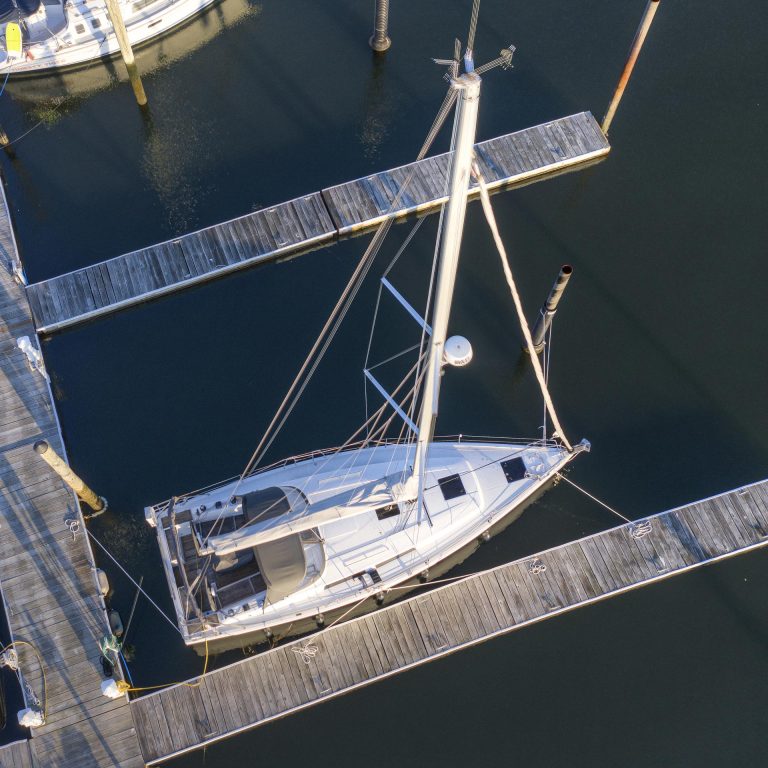Information not accurate?
Help us improve by making a suggestion.
When Peter Disbrow, John Coe, and Thomas Stedwell purchased the land that became Rye in 1660, John Coe took much of North Manursing Island and the land across the water “on the maine”. The treaty for “Manussing” having been signed with the friendly Mohegans, the trio smoked the traditional peacepipe with the Indian salesmen. In the following years the land passed through the hands of many people, ancestors of families still living in Rye: the Sherwoods, Merritts, and Birds to name a few. In 1770, Wright Frost purchased the “hammocks” that made up the land around Hyatts Cove and built 3 dams and the Mill building.Unique to this Mill was the use of two wheels which were turned by the outgoing water and ran four “run of stones” to grind grain brought to the Mill. The actual operation depended on the twice daily tide admitted into the back pond, imprisoned behind a sluice gate, and let out by the miller with a fall of about four or five feet. Five or six hours’ grinding could be managed with each tide. The miller slept in a wing of the Mill so as to lose no time when the tide came in, and was even wakened at night by an alarm rigged to the water level as it dropped outside the dam.The Mill’s output at times was as high as 150 to 180 barrels of flour a week, ground from wheat brought from as far away as Virginia and Georgia as well as Long Island. Grain dealers from Fulton Street in New York sent much of the southern grain for grinding and barreling in barrels made in the Mill’s own cooper shop.During the American Revolution, the English Army ,having walked across a frozen Long Island Sound, camped out “by thee ol’red Mill” prior to their attack on Greenwich. In 1812, the Mill was sold to David Kirby ,whose name remains prominent today. In 1852, Kirby sold the Mill to Isaac Crooker, a flour merchant from Oyster Bay who built a house on Grace Church Street in 1847. Crooker had been the major grain merchant for the Mill for many years. At the turn of the Century, the property was bought by the Sackett family. The Sacketts lived in the large grey house on Grace Church Street. Mrs. Sackett soon hired Jake Senf to run the operation. During this time the mill went out of operation and the property was primarily used as a boatyard although tending the sluice gates continued (and still does today!).Although Jake never owned the yard, his son Reggie Senf bought the yard with the Boardman family in the 1940’s. The yard was known as Jake’s BoatYard until the 1970’s when the name was changed to Tide Mill Yacht Basin. In 1972, Frank Donahue bought the yard with the Donahue family continuing the business today.It was during the late 17th Century that the pirate, Captain Kidd, was said to have plied his trade and, history books tell us, he used the many inlets along Long Island Sound to stow his ill-gotten booty. He no doubt found Tide Mill a jewel of a harbor then as it remains today.
Dockage
- Average price per day:3 USD per foot (2017/10/27)
- Total:50
- Type:Floating
- Dockage depth:8
- Accessibility:AC Power 30A, AC Power 50A
Plus $5.00 for water and electric.
Information not accurate?
Help us improve by making a suggestion.

